Modules - Power and Batteries
Quick Links
Power Options
There are different power options that you can use:
- Attached battery
- This page covers the process for attaching a battery
- Charging information can be found here
- To power on the module, use a jumper to connect the
Band+pins on the module power header.
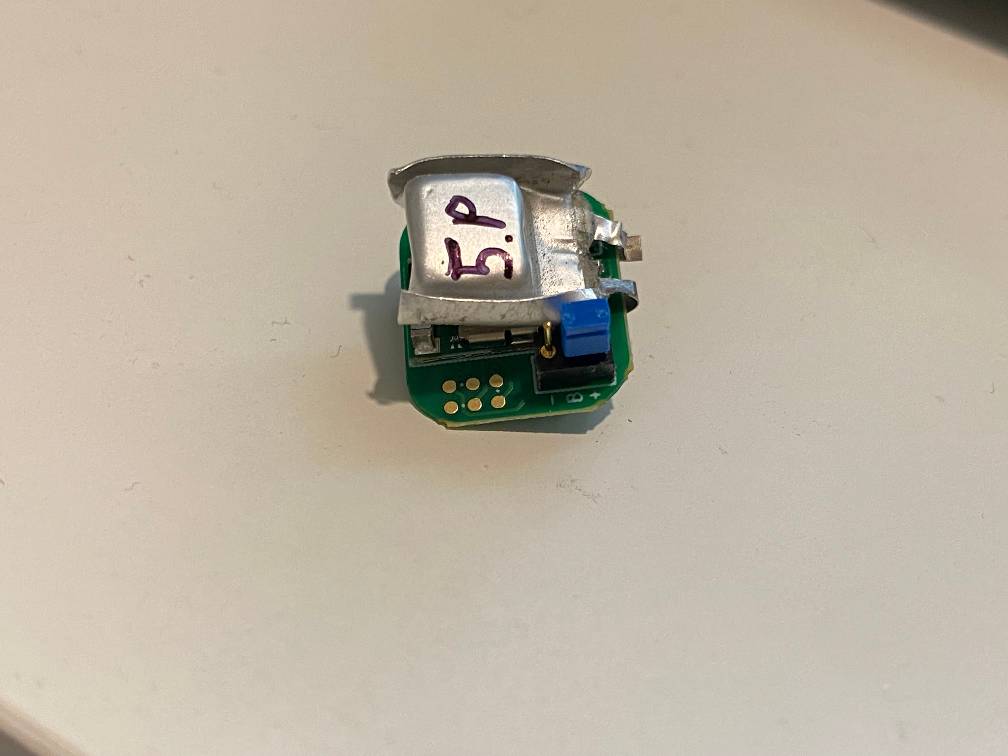
- Wired power
- You can create a wired adapter by removing the middle pin of a 3-pin female header and attaching two wires to the other pins. Those wires can then go to a power supply or a USB cable adapter.
- To connect the module to a power supply:
- Set the power supply voltage between 3.3V and 5V, your choice
- Connect the positive voltage of the supply to
+on the module power header - Connect the ground of the supply to
-on the module power header
- To connect to a USB cable adapter:
- Connect the USB
V+(5V) to+on the module power header - Connect the USB
GNDto-on the module power header
- Connect the USB
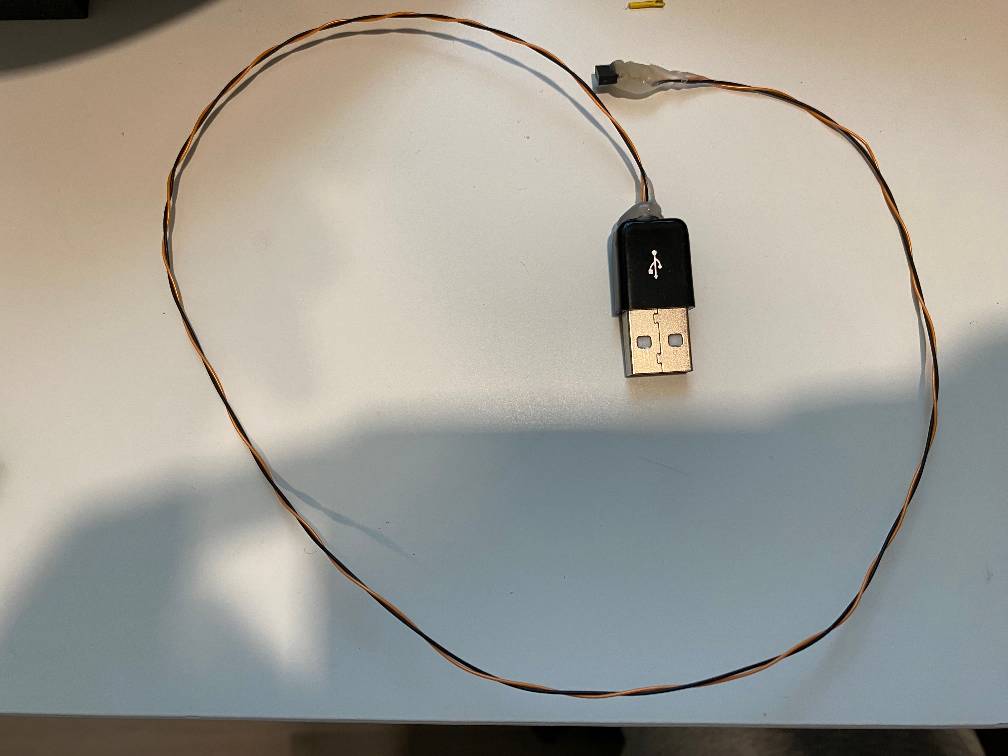
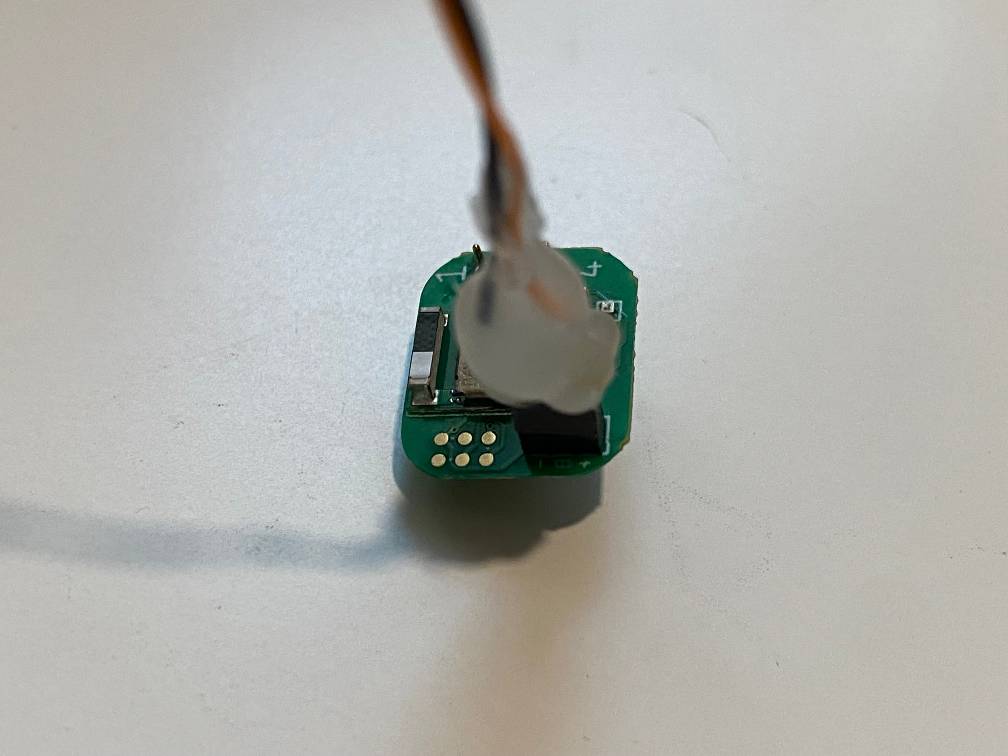
- Removable battery
- You can create a removable battery board by using an empty module PCB.
- Solder the battery to the
+and-battery pads on the bottom of the board (be sure that the battery leads are in the correct polarity!) - Solder a female 3-pin header to the power header pins
- Bridge the
Band+pins on the header. - Fold the battery over and secure with epoxy/hot glue
- Solder the battery to the
- Match the + and - on the battery board to the + and - on the module you want to power.
- You can charge this the same way you’d charge a module.
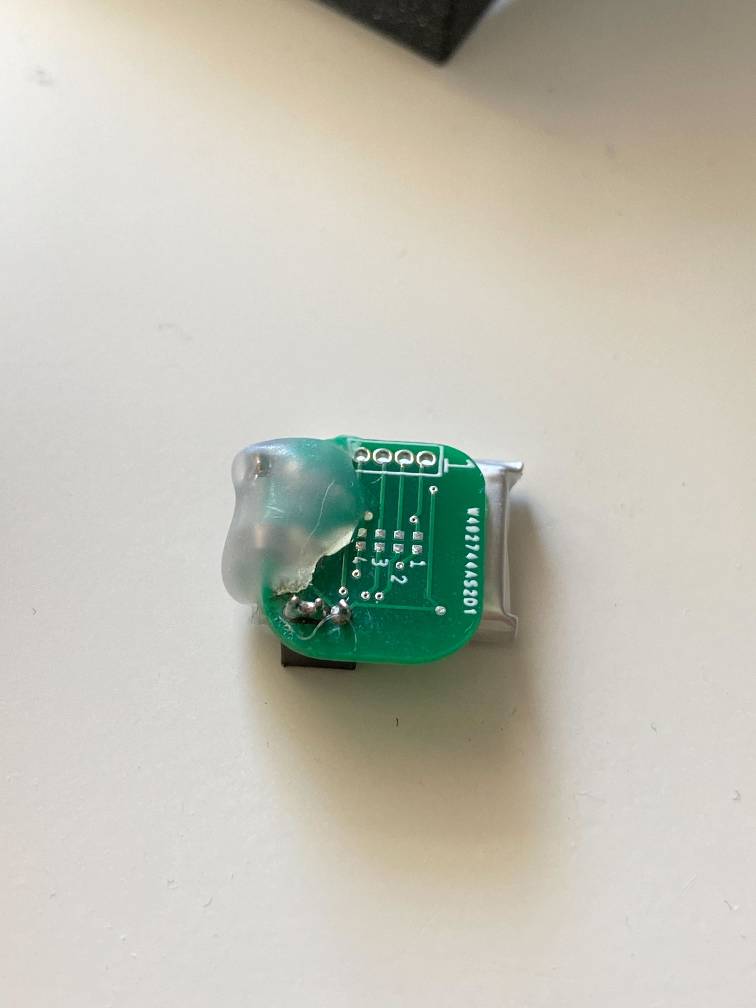

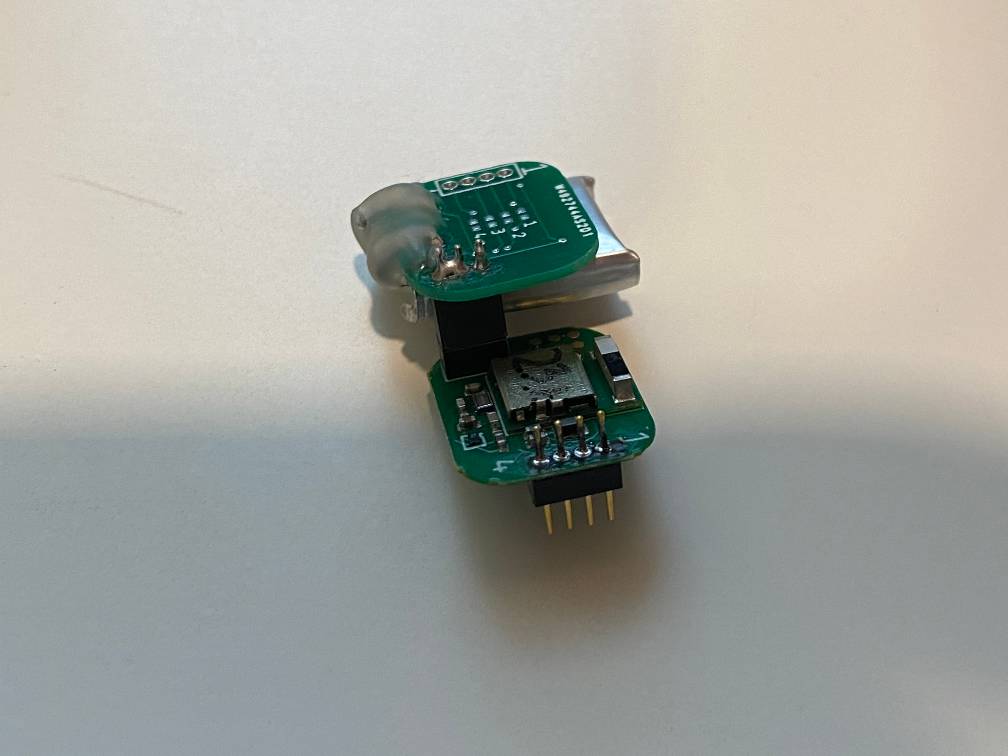
- You can create a removable battery board by using an empty module PCB.
What you’ll need:
- An assembled and configured module
- A battery
- Solder paste/solder
- Soldering iron (DO NOT USE A HEAT GUN)
- Tweezers
Attaching a small battery
1. Pre-solder the battery pads on the module
It’s very important to apply as little heat to the battery as possible to avoid causing a fire or making the battery explode.
To start, pre-solder the battery pads on the module with a generous amount of solder. This battery has solder on its leads already, which will help a bit.
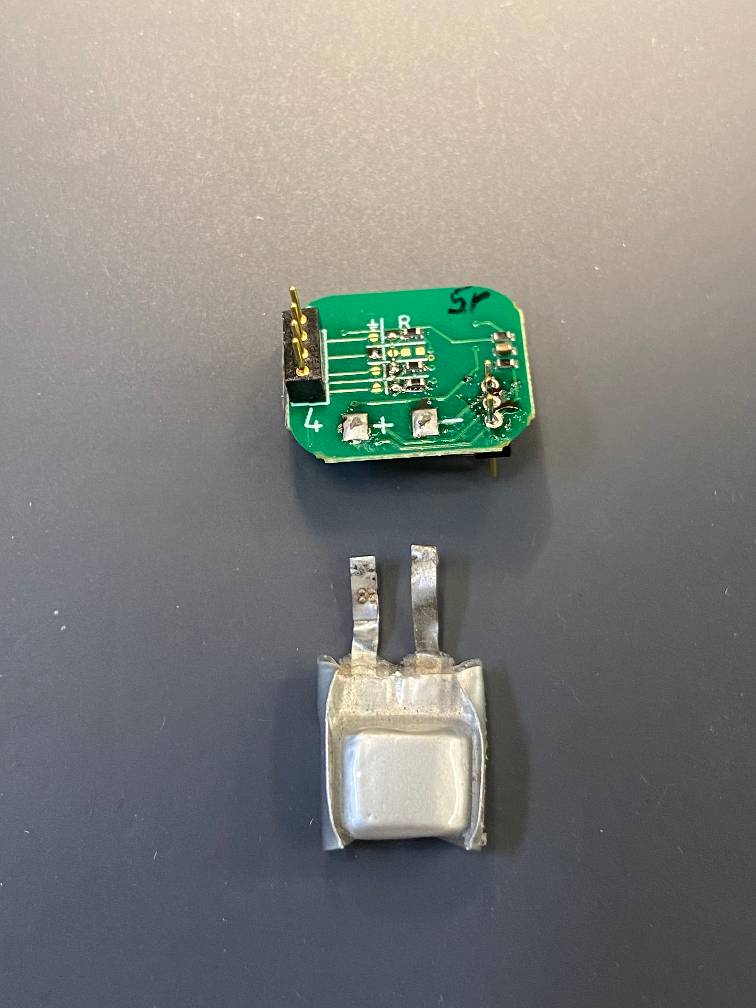
2. Solder the leads using a soldering iron
Make sure the + and - pads on the module are lined up with the positive and negative leads on the battery.
You’ll want to touch the battery leads with the soldering iron for as little time as possible.
Keep the leads towards the edge of the board so that there’s enough space to bend it over the board.
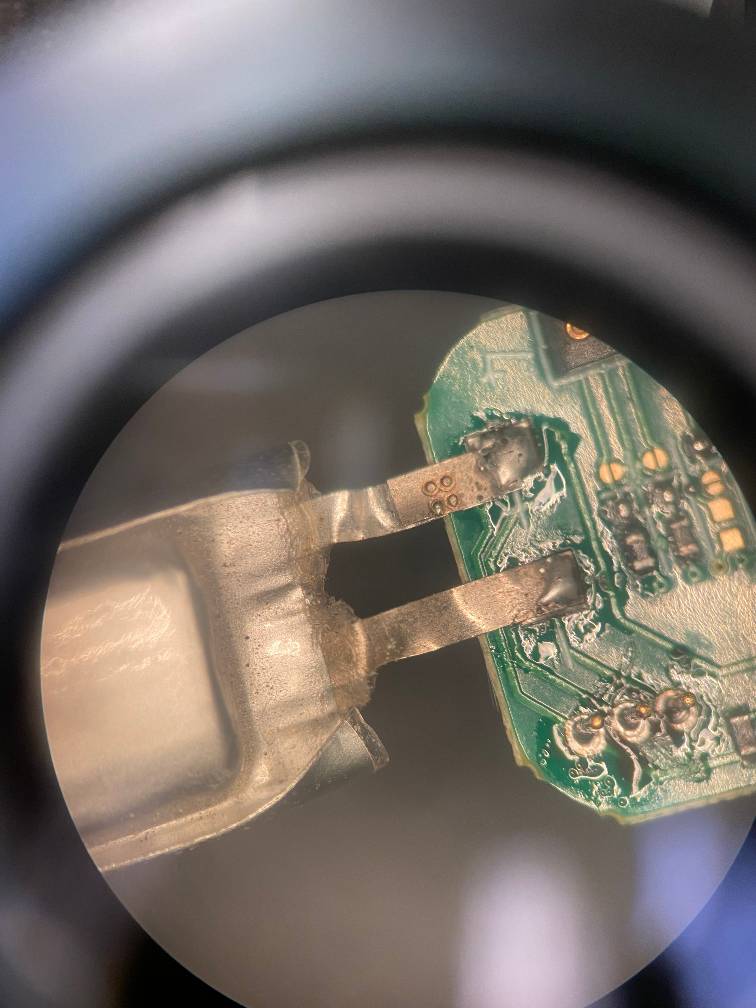
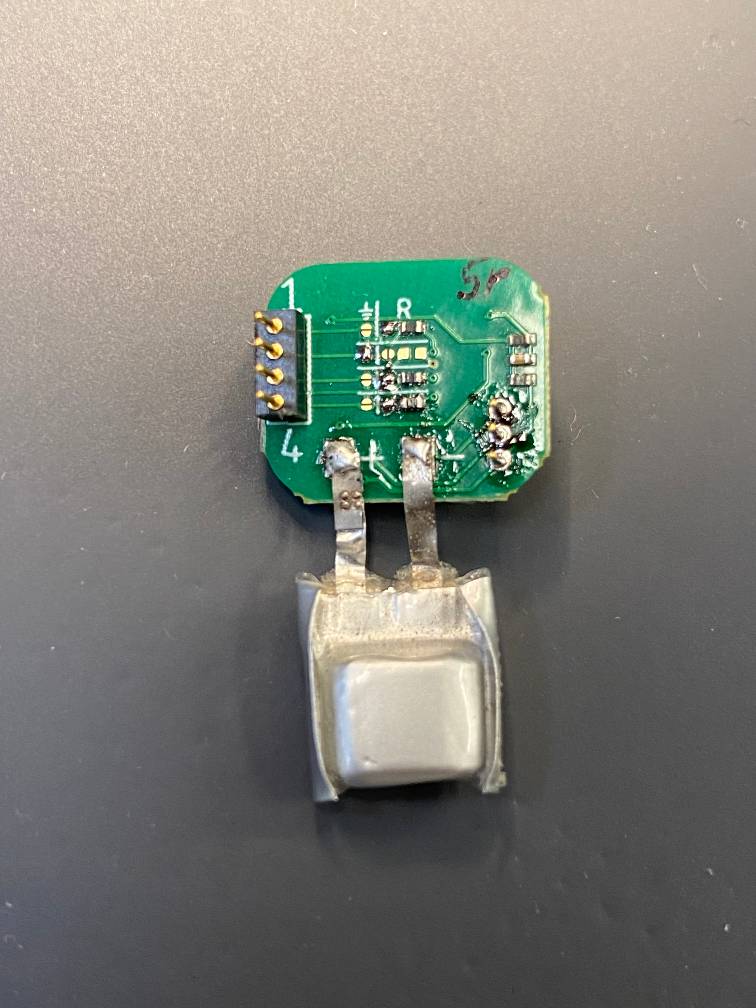
3. Carefully bend the battery over the top of the board
You don’t want to break the leads, so be careful with this step!
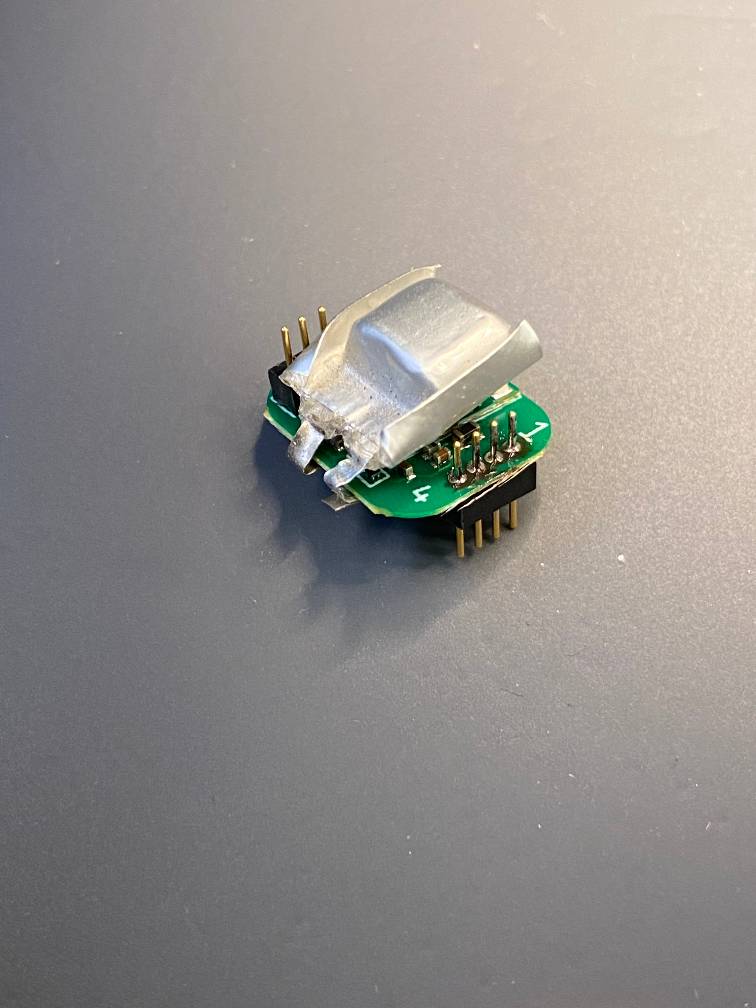
4. (Optional) Add epoxy or hot glue to secure the battery leads
The battery leads are pretty fragile, so using something like epoxy to secure the leads isn’t a bad idea. You may not be able to reconfigure the module if you do this, though, since it may be impossible to remove the battery without removing other components.
Attaching a large battery
1. Pre-solder the battery pads on the module
It’s very important to apply as little heat to the battery as possible to avoid causing a fire or making the battery explode.
To start, pre-solder the battery pads on the module with a generous amount of solder.
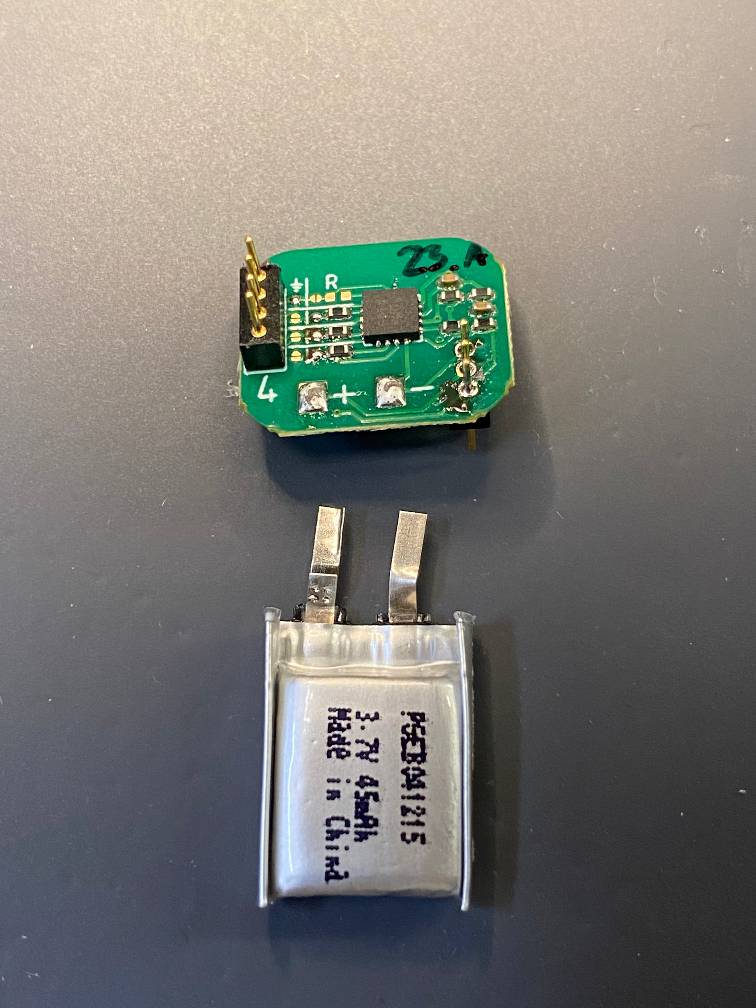
2. Solder the leads using a soldering iron
Make sure the + and - pads on the module are lined up with the positive and negative leads on the battery.
You’ll want to touch the battery leads with the soldering iron for as little time as possible.
Keep the leads towards the edge of the board so that there’s enough space to bend it over the board. Additionally, check the alignment of the battery so that it doesn’t cover up the power header on the top side when you fold it over.
For the large battery, you’ll want to make sure some solder is on top of the leads as well.
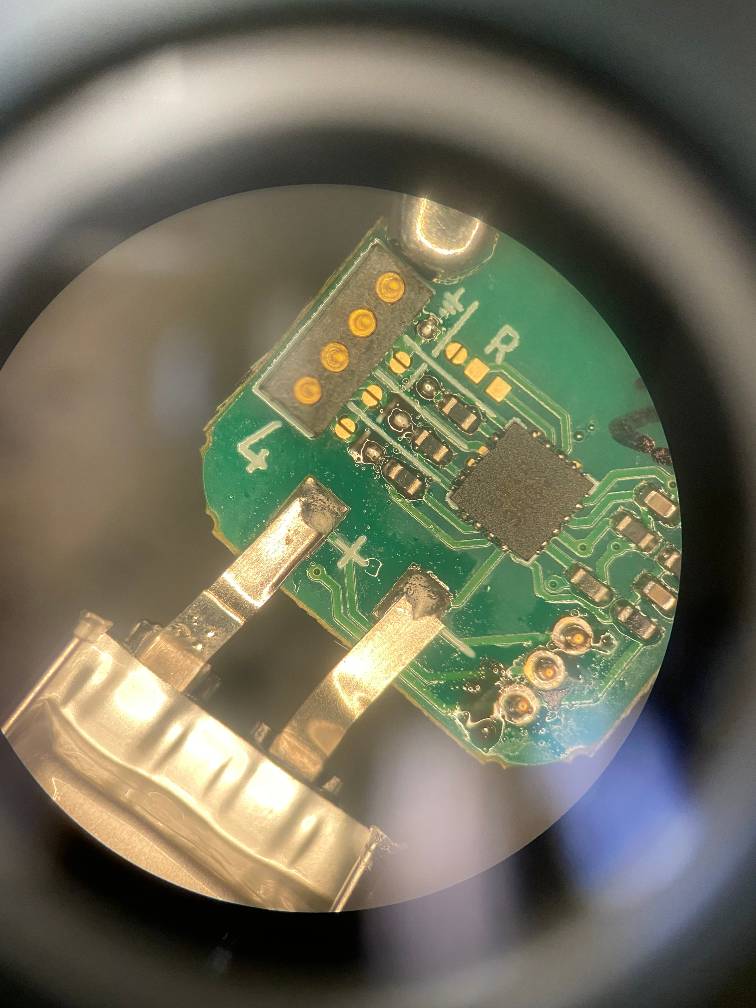
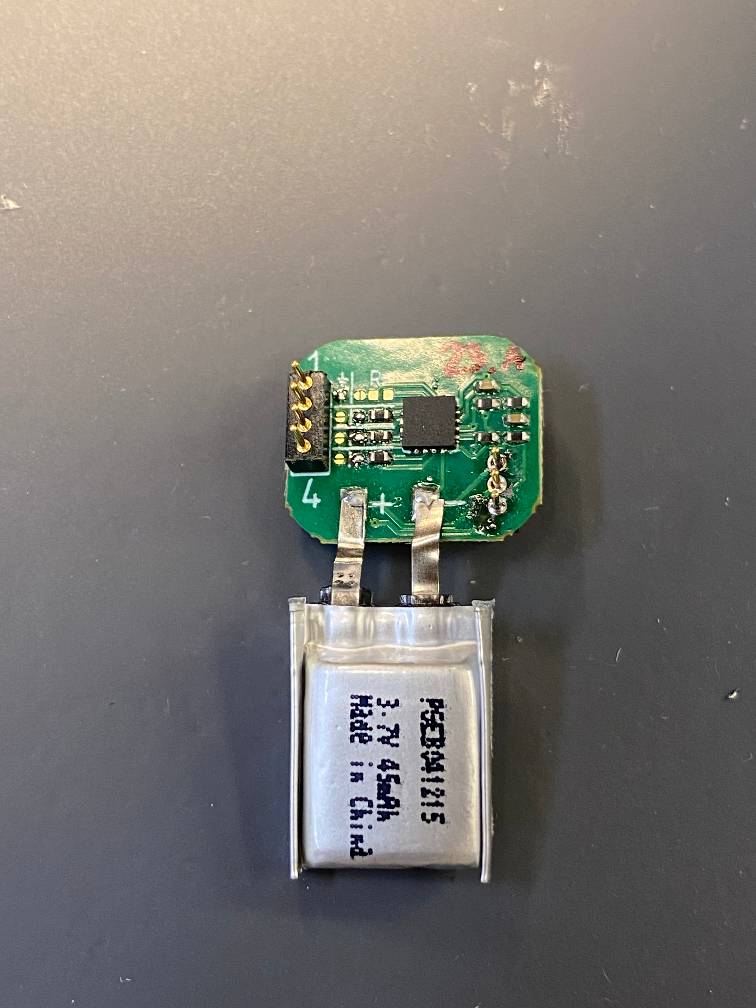
3. Carefully bend the battery over the top of the board
You don’t want to break the leads, so be careful with this step!
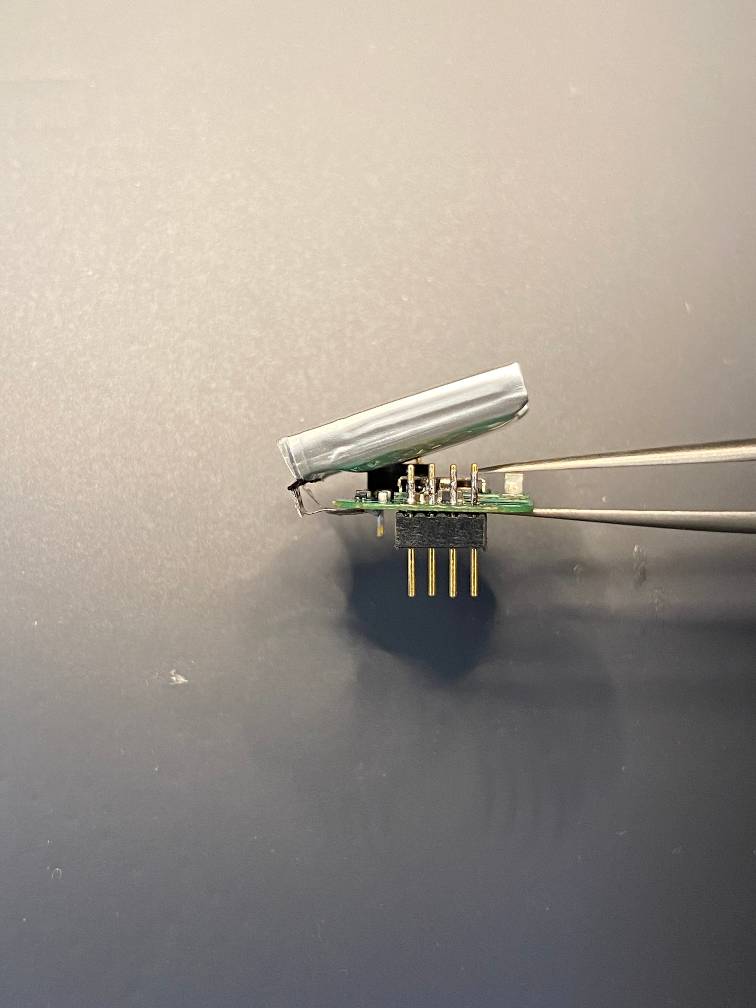
4. (Optional) Add epoxy or hot glue to secure the battery leads
The battery leads are pretty fragile, so using something like epoxy to secure the leads isn’t a bad idea. You may not be able to reconfigure the module if you do this, though, since it may be impossible to remove the battery without removing other components.